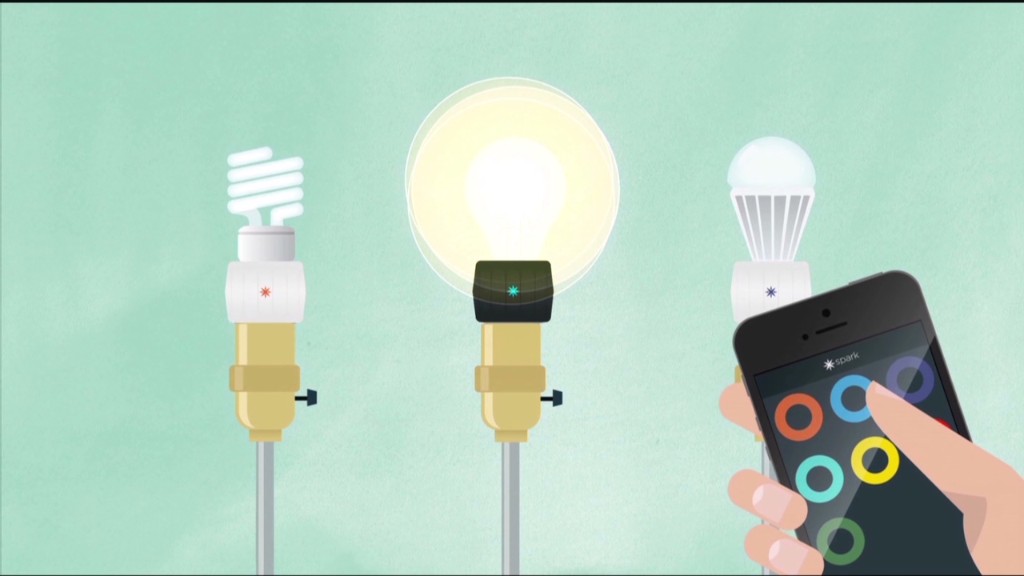
It wasn't so long ago that you had a 3G phone. Now your phone has 4G. Is 5G around the corner?
Not quite. The problem with 5G? No one's quite sure what it is yet.
But the wireless industry has a pretty good sense what 5G will do.
You've probably heard the the buzzword "Internet of Things" -- the term used to describe the coming world of connected devices like cars, clothing and home appliances that can communicate wirelessly with one another. What the wireless industry still needs to figure out is how these connections are going to work.
The consensus is that it will take 5G networks, an advance beyond the 4G LTE technology that's currently cutting-edge among wireless carriers like Verizon (VZ) and AT&T (T).
Industry experts say 5G technology will have to be deployed by 2020 -- whatever "5G" means.
"I think the key right now is defining what the requirements are for 5G," said Mike Haberman, vice president of network support at Verizon Wireless, speaking at a wireless industry conference Tuesday in Las Vegas. "We need to figure out what problem we're trying to solve."
Related: Verizon offers iPhone 6 free with contract
Broadly speaking, the problem is that there will be billions of bandwidth-hungry devices connected to the Internet via mobile networks in the years to come. But issues like what frequencies 5G networks will operate on, what their bandwidth standards will be and what kind of infrastructure they'll require remain to be determined.
Energy efficiency will be a key part of setting 5G standards, said Aicha Evans, vice president of the platform engineering group at Intel (INTC).
"It's a social responsibility for all of us or we're going to fry up this planet," she said.
The power demands will surely be vast. Chris Pearson, president of the trade group 4G Americas, said there could be 50 billion connected devices by 2020. Those devices, he said, will be connecting to the Internet via mobile networks.
"Mobile broadband will be the center of the connected society," he said.
The Internet of Things is already coming into focus with "smart home" products from companies like Nest Labs, a recent Google (GOOGL) acquisition, and "connected car" technology from companies like Apple (AAPL).
Related: FCC chief says no to mobile mergers
In the near term, carriers will be able to handle the increasing traffic demands on existing LTE networks, particularly as technology like small cells makes those networks more efficient. But by 2020, there will be "a fundamental shift in a variety of network components," said Arun Bhikshesvaran, chief marketing officer at Ericsson.
The wireless industry is still trying to figure out exactly what sorts of devices will drive increased data consumption in the years to come, the way smartphones did in the years of 3G and 4G deployments. The challenge will be managing that huge variety of connections, from emergency services that demand instant access to less urgent entertainment services that suck up bandwidth.
"You're looking at completely new use cases," Bhikshesvaran said.

